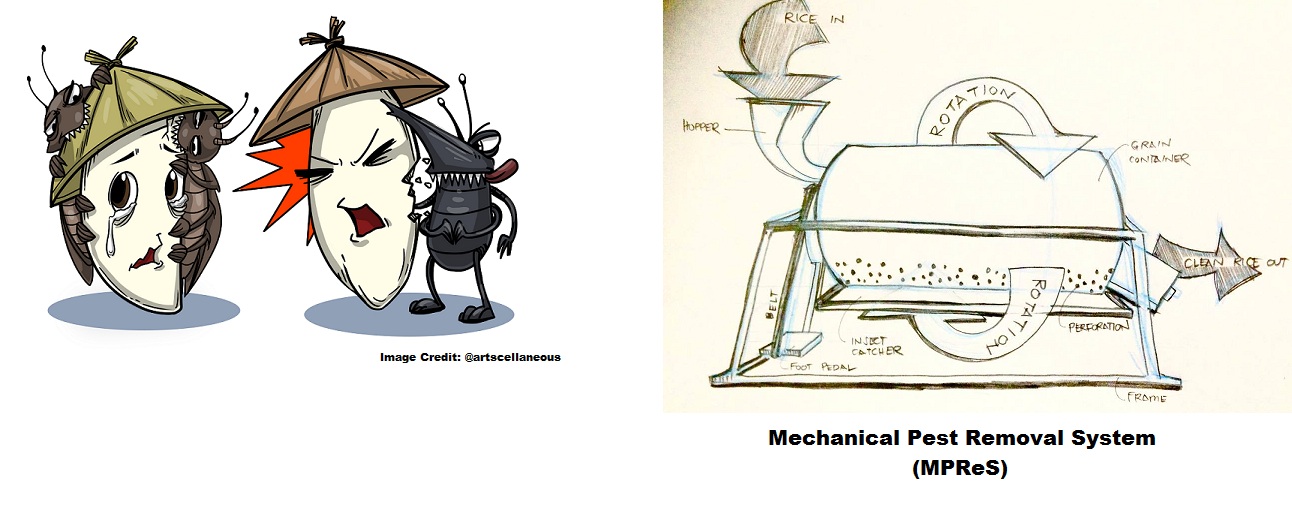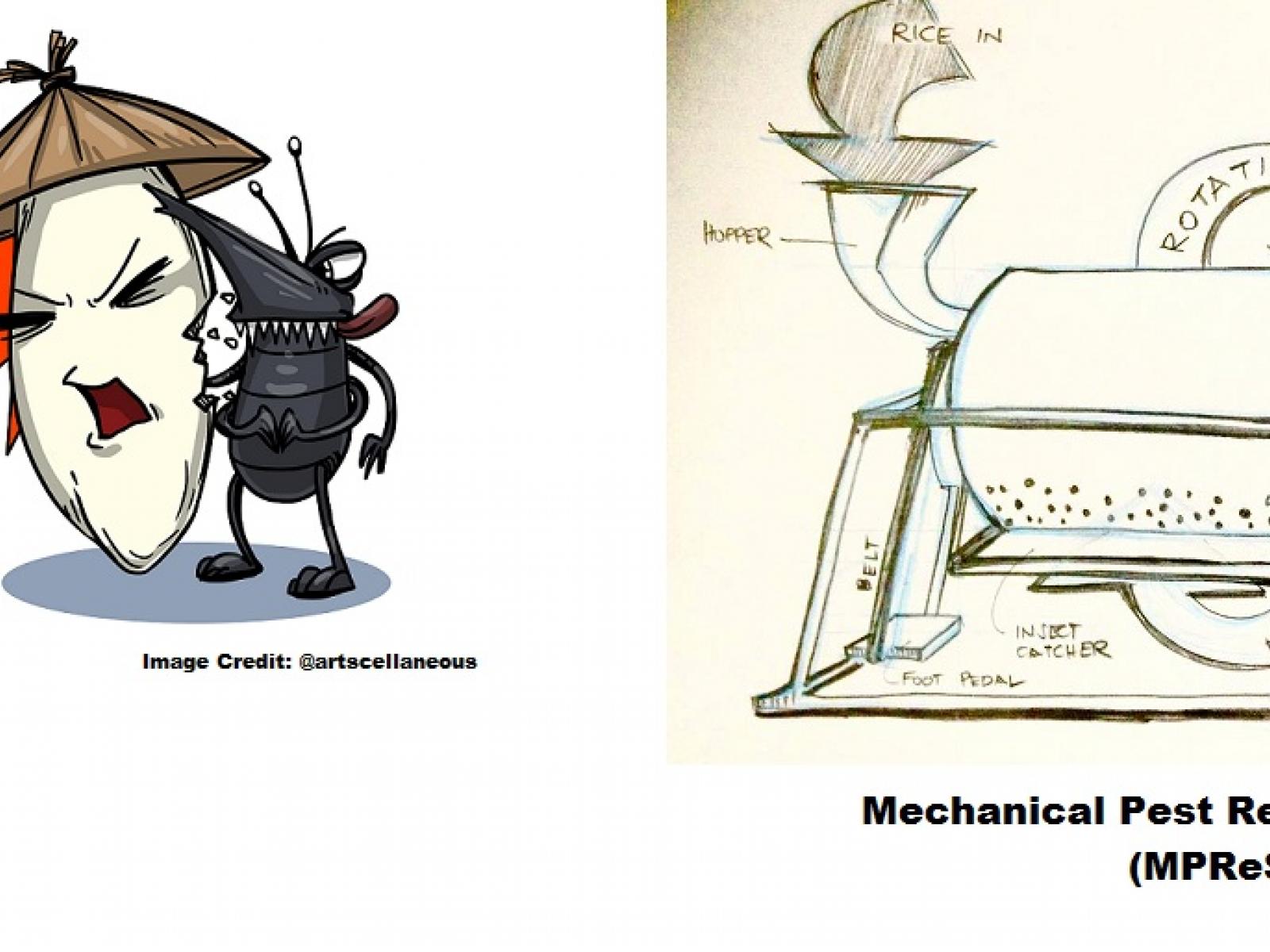An Overview Of Our Solution
- Population Impacted:
- Continent: Asia
Organization type
Population impacted
Size of agricultural area
Production quantity
People employed
Describe your solution
Describe your implementation
External connections
What is the environmental or ecological challenge you are targeting with your solution?
Describe the context in which you are operating
The Philippines loses 3 million tons of rice to stored pest damage every year. It also loses around the same amount of maize, and a third of the amount of legumes. While larger farms and wealthy cooperatives can afford chemical pest control, more rural areas, small-scale farms, and rural cooperatives that cannot afford chemical pest control must either live with the damaged goods (and reduced profit), or find ways to kill the pests, such as manual sieving, drying the produce on highways to reduce moisture content, or other low-cost methods.
How did you impact natural resource use and greenhouse gas emissions?
Language(s)
Social/Community
Water
Food Security/Nutrition
Economic/Sustainable Development
Climate
Sustainability
At present, my team and I are relying on the grant funding from Agropolis Fondation, which gave us the seed money needed to design and produce the final working prototype. As we scale into production, we are looking for either partners in the Philippines (private investors) or government subsidies that will help us mass-produce this machine according to orders from farmers, cooperatives, or warehouse owners.
In the future, we predict that the business will becoming sustainable based on market revenue, since the machine is affordable,and there is a need in both the local and global market for this machine. We are hoping to be able to produce and sell this market in both the national and international market in the future.
Return on investment
Entrant Image

